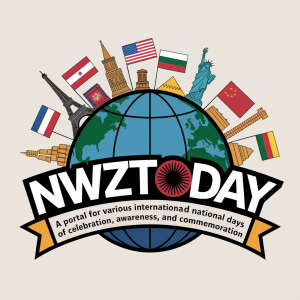Understanding National HIV/AIDS and Aging Awareness Day
Every year on September 18, we come together to observe National HIV/AIDS and Aging Awareness Day, a dedicated moment to spotlight the unique challenges and triumphs of older adults living with HIV/AIDS. While the discussion around HIV/AIDS often focuses on younger populations, it’s crucial to recognize that aging individuals are not immune to the virus or its social and healthcare implications.
The History Behind the Day
This awareness day was first initiated by the AIDS Institute, a nonprofit organization committed to promoting education, policy, and advocacy on HIV/AIDS, hepatitis, and other related conditions. The observance serves to educate the public, reduce stigma, and remind us that HIV/AIDS can and does affect individuals across all age groups. The aging population, in particular, faces unique challenges, such as managing HIV alongside age-related conditions like diabetes, cardiovascular diseases, and osteoporosis.
Why Is This Day Significant?
Statistics show that nearly half of all people living with HIV in the United States are over the age of 50. This number is expected to grow as treatments continue to improve, allowing individuals with HIV to live longer, healthier lives. National HIV/AIDS and Aging Awareness Day brings attention to the healthcare, social support, and policy changes needed to address the evolving landscape of HIV/AIDS care. It’s also a day to combat ageism and HIV stigma, which can create barriers to testing, treatment, and support for older adults.
How Is It Observed?
Communities, healthcare organizations, and advocacy groups across the country host events, workshops, and campaigns to spread awareness. Common activities include free HIV testing, educational seminars, and community discussions about the intersection of aging and HIV. Social media campaigns often encourage people to share stories, facts, and ways to support the cause using hashtags like #HIVandAging and #StopHIVStigma.
Fun Facts About HIV and Aging
- Thanks to advancements in medicine, individuals diagnosed with HIV today can expect a near-normal life expectancy if they adhere to treatment.
- Older adults are often overlooked in HIV prevention efforts, even though they account for a growing percentage of new diagnoses.
- Social stigma and misconceptions about HIV can be more pronounced in older populations, making awareness campaigns like this one all the more critical.
How You Can Make a Difference
Want to get involved? Here are some simple ways you can contribute to the cause:
- Educate yourself and others: Learn about the issues older adults face regarding HIV/AIDS and share that knowledge with your community.
- Support local events: Attend or volunteer at awareness events in your area.
- Donate: Contribute to organizations that work tirelessly to support aging individuals living with HIV/AIDS.
- Advocate: Use your voice to influence policies and practices that improve healthcare and social support for this community.
Let’s use National HIV/AIDS and Aging Awareness Day as a reminder to extend compassion, understanding, and action toward a future free of stigma and full of support for everyone, regardless of age or HIV status. Together, we can make a difference!









